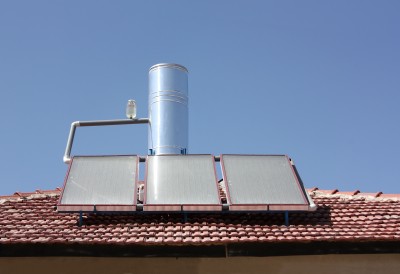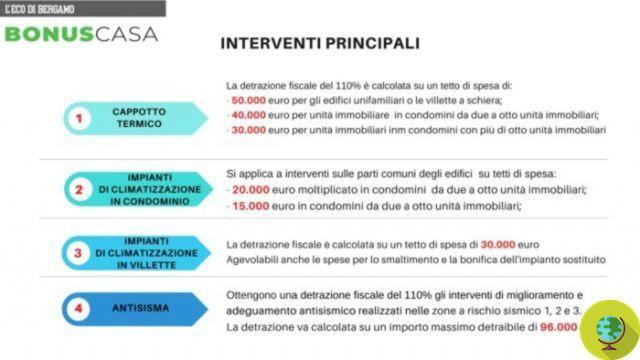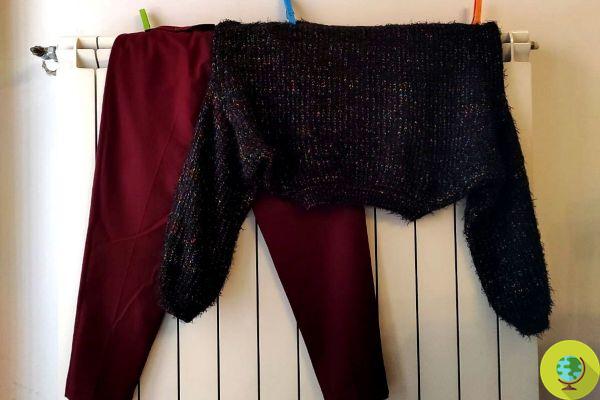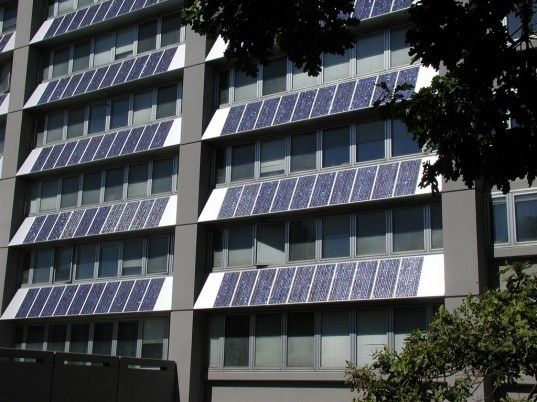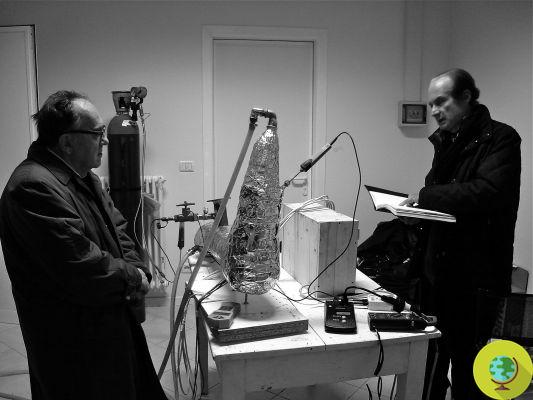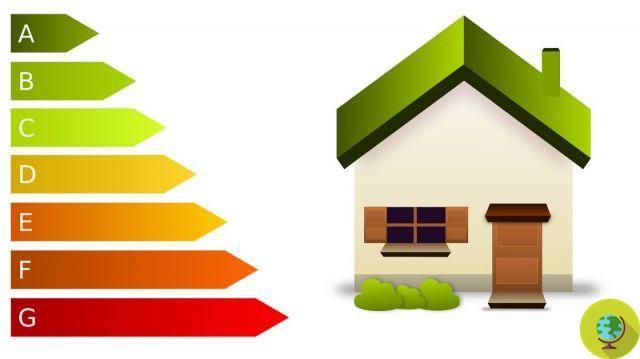
With a simple and smart walk you can easily conduct an energy audit of your home yourself and spot many problems. As you inspect your home, write a list of the areas you have inspected and the related problems you have found. This list will help you define priorities for any energy redevelopment.
He is about to end up run over, his mother saves him
With a simple and smart walk you can easily conduct an energy audit yourself of your home and find many problems. As you inspect your home, write a list of the areas you have inspected and the related problems you have found. This list will help you prioritize any energy requalifications.
IDENTIFY AIR INFILTRATION
First make a list of the an abandoned d'aria evident. By reducing air infiltrations in a house, the energy saving potential can vary from 5% to 30% per year; the house will also gain in thermo-hygrometric comfort.
Check if air can flow through these places:
- Electrical sockets and switches
- Window frames
- External door frames
- Chimney flue (if present)
- Air conditioners mounted on windows and / or walls
Check if the window sealing has been applied correctly, leaving no gaps or cracks and if they are in good condition. Check for relative movements, even minimal ones, as it can mean possible air leaks.
If you can see the light around a door or window frame, there is a possibility of air infiltration (obviously). These cracks can usually be sealed with special sheaths, more or less rigid.
If that's the case, you can also consider the replacement of old windows and doors with new high performance.
If you have trouble finding air leaks, I recommend that you make a building pressurization test very simple:
- firstly, close all external doors, windows and flues of any fireplaces,
- turn off all combustion appliances, such as boilers, gas ovens and water heaters.
- then turn on all exhaust fans (usually found in kitchens and bathrooms) to suck the air out of the rooms.
This test increases air infiltration through the cracks, making them easier to detect, perhaps using incense sticks (the smoke will begin to waver) or the moistened hand (you will feel cool in the hand).
You should seal the holes in the taps, pipes, sockets and any wiring with silicone. After sealing the whole house, you must always be aware of the danger of indoor air pollution.
In homes where fuel is burned for the heating (for example, the natural gas, fuel oil, propane, or wood), make sure your combustion system is equipped with a adequate air intake. If in doubt, contact a professional.
IDENTIFY THERMAL INSULATION
Heat loss through the roof and walls of your home could be very high if the levels of thermal insulation are below the recommended minimums. When your home was built, the builder probably installed a quantity of thermal insulation recommended at that time (or does not have it installed at all), almost certainly not high.
In light of current energy prices and considering that they are likely to increase in the future, the thermal insulation level may be insufficient, especially if you have an old house.
In the attic, check if the openings of elements such as pipes, ducts and chimneys are sealed. If necessary, it seals with expanding silicone or similar material. Also, if not present, consider insulating the attic.
How to check the insulation level of an external wall
Select an exterior wall and turn off the electrical circuit for all switches and junction boxes on that wall. Then check that the sockets are deactivated by plugging in a lamp or any electrical appliance, then remove the cover plate of the box of a socket and gently, using a thin screwdriver, probe towards the wall. If you encounter slight resistance, there is likely to be somethermal insulation.
You could also make a small hole in a closet, behind a sofa, or some other hidden place to see if the wall cavity is filled with insulation or not. Ideally, the wall cavity should be completely filled with some kind of insulating material.
This method, sadly, can't tell you if the entire wall is insulated, or if the insulation is constant, but it still gives you an idea. A thermographic check can certainly give you more detailed information.
Andrea Ursini Casalena









